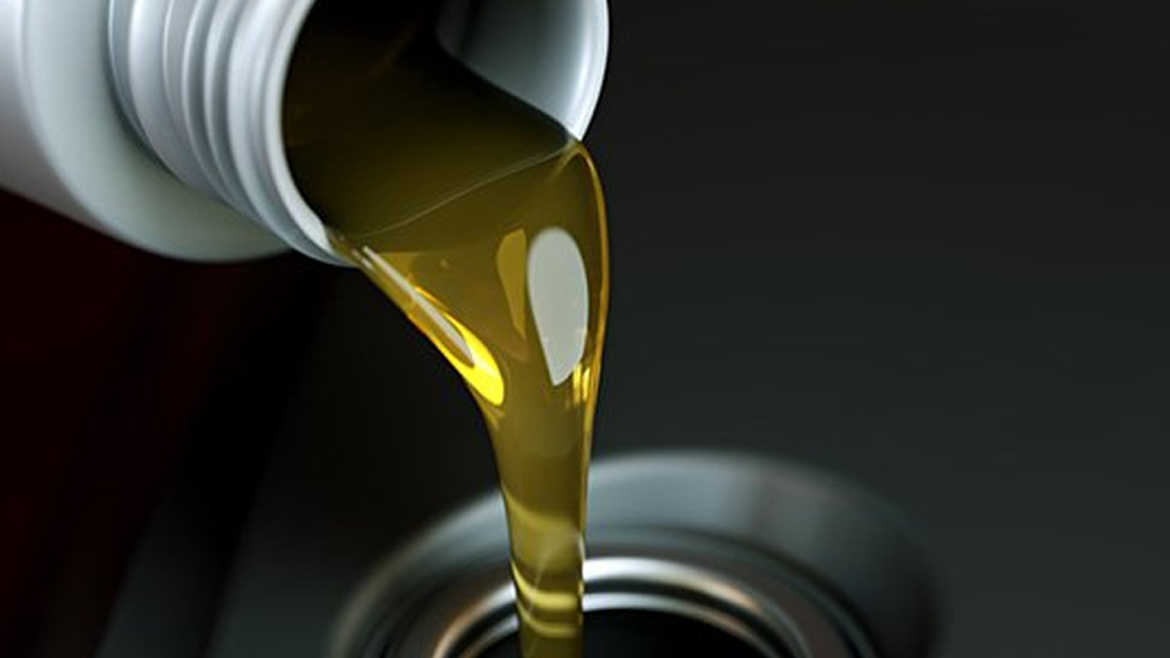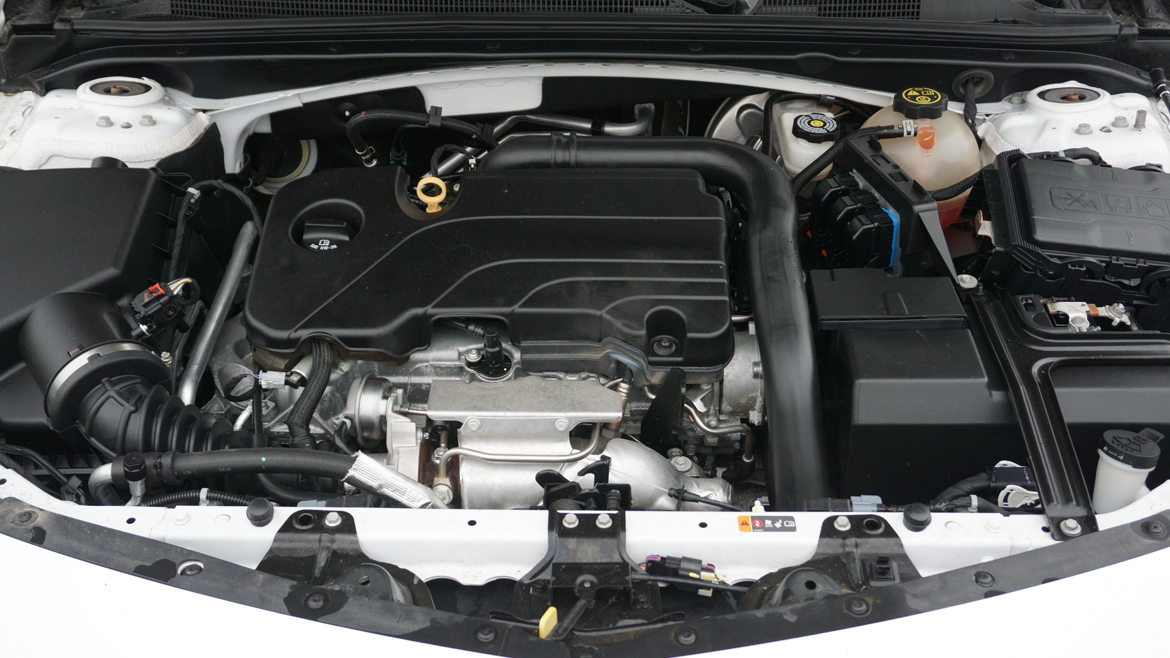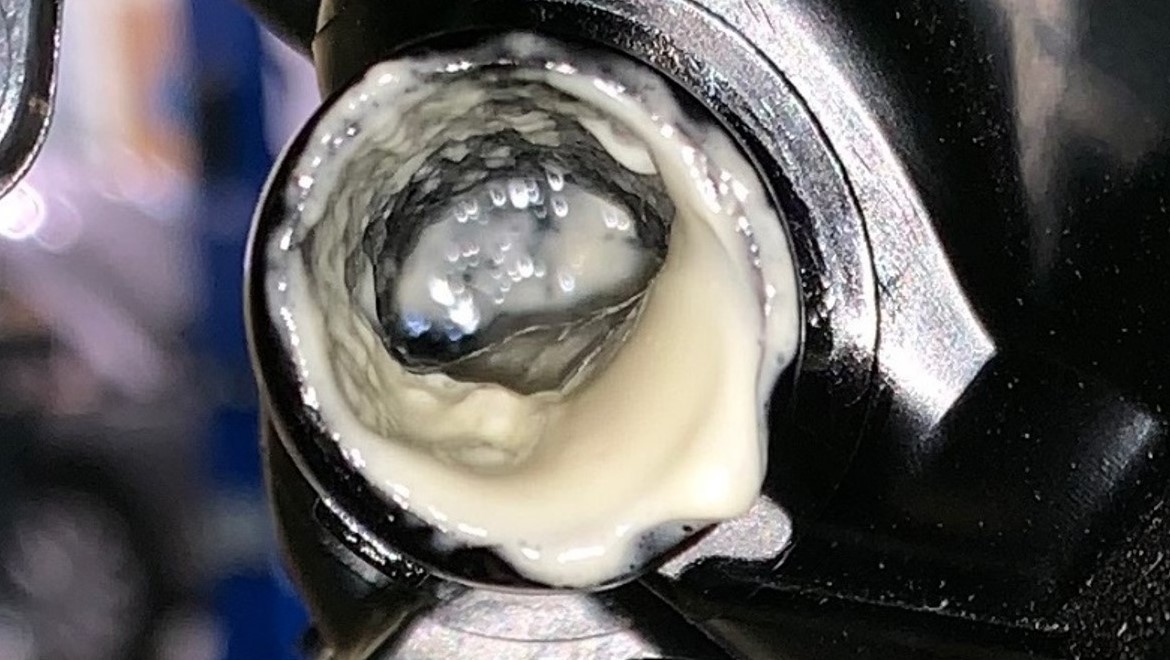The drive for lower emissions means that gasoline particulate filters will see increased use globally, and that has significant implications for engine lubricants.
The efficiency and power benefits of gasoline direct injection (GDI) engines have led to their widespread adoption. Today, turbocharged, downsized GDI engines are used in the vast majority of gasoline-powered vehicles across the world. Injection of the fuel directly into the cylinders gives efficiency benefits but leads to greater levels of fine carbonaceous particulate matter being generated during combustion. This notable increase in particulate matter, combined with the latest Euro 6 standards, which include particulate number (PN) limits and Real Driving Emissions tests, will drive the rapid adoption of gasoline particulate filters (GPFs) on most European GDI-powered cars.

GPFs are constructed from a porous ceramic honeycomb with alternate inlet and outlet channels being capped at the rear and front face, respectively. They are normally combined with a three-way catalyst in a single package, as shown here.
Another significant growth area for GPFs is China, driven by the notable size of the passenger car market combined with China 6 legislation, which applies PN limits to all internal combustion engine (ICE) powered cars. By 2023, China 6b will be implemented with stringent RDE requirements, meaning virtually all ICE cars, including hybrids, will need GPFs to comply with PN limits for RDE testing.
GPFs serve a vital function, operating as wall-flow filtration devices, where the exhaust stream flows into the filter cells and is forced to flow through the porous ceramic walls. In doing so, typically over 90% of the particulate matter, composed of carbonaceous soot and lubricant-derived ash, is captured.

Particulate ash build-up within a GPF.
A key driver for future GPF design will be the reduction of the minimum measured particle matter size in emissions testing, from the existing 23nm to 10nm. Lubrizol research shows lubricant-derived particulates are more significant in the 10-23nm range, resulting in new demands on the filtration efficiency of next-generation GPFs. The finer filtration requirements could also leave GPFs more susceptible to soot- and ash-related blockages.
GPFs provide engine lubricant formulation challenges. Our testing shows that while the effect of excessive ash is permanent blockage of the filter, a small level of ash forms a filtration-enhancing layer on the filter walls. A small level of ash is therefore good for improving filtration efficiency, but large amounts can cause operational problems.
Field Trials
Results from a comprehensive field trial undertaken by Lubrizol in China, in collaboration with Corning Environmental Technologies, showed a higher ash engine lubricant having increased levels of collected ash within the GPF and a higher resulting exhaust backpressure. In contrast, the lower ash lubricants that were evaluated delivered power and fuel economy gains, each of around 5% against the higher ash formulation. Additionally, the collection of a small quantity of ash enabled improved GPF performance, yielding a 99% reduction of PN.
Most GPFs are catalytically coated to promote the oxidation of collected soot, so it is also important to consider the phosphorous and sulfur levels in the formulation of engine lubricants. These are known to affect the precious metal coatings, either by forming a barrier that stops the interaction between the exhaust gases and the coating, or by directly reacting with the coating to reduce its effectiveness. This also applies to the three-way catalyst, which is usually combined with the GPF in the same canister.
Extensive testing and chemistry expertise have demonstrated that carefully formulated lower sulfated ash, phosphorus and sulfur (SAPS) lubricants while controlling lubricant volatility at low viscosities deliver significant benefits. This includes reducing lubricant-derived contaminants that lead to long-term GPF blocking, helping to maintain performance and efficiency, while ensuring the OEMs’ precise performance requirements are met.
GPF usage is growing rapidly. The formulation of high-performance aftertreatment compatible lubricants requires a different formulating approach and bespoke additive chemistry in order to optimize the benefits they can deliver.
Content pulled from original article in Engine Technology International.









